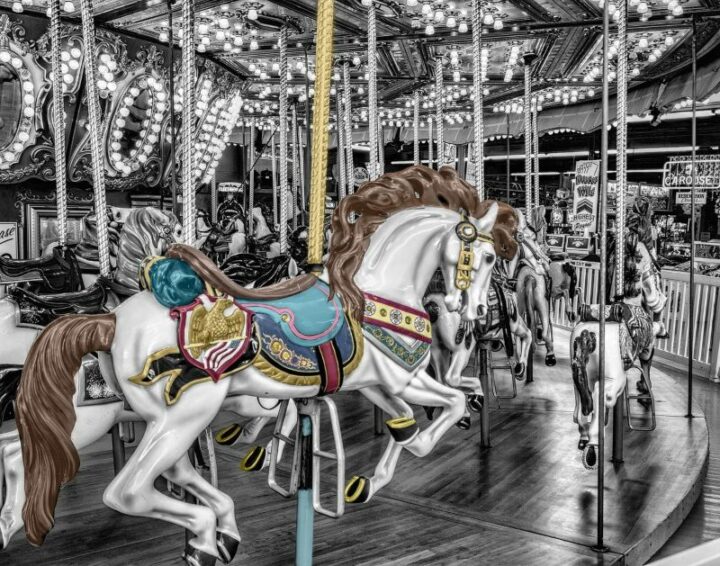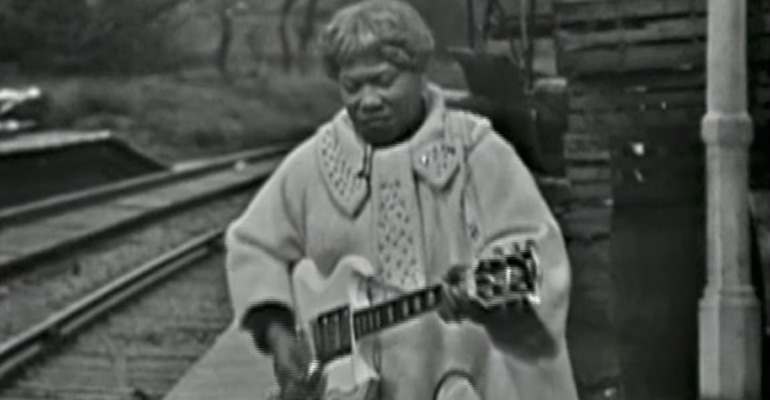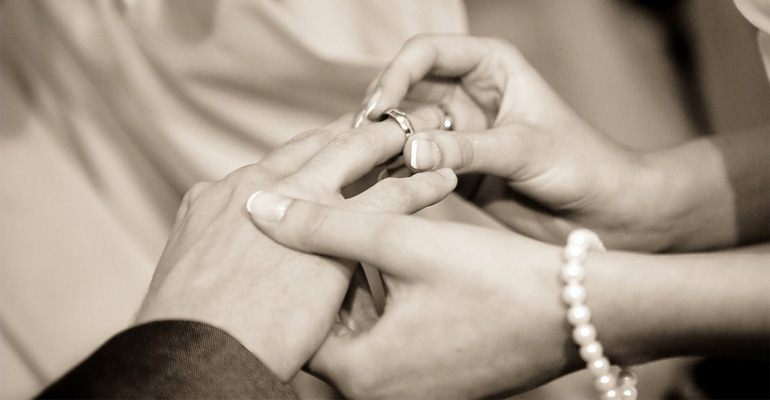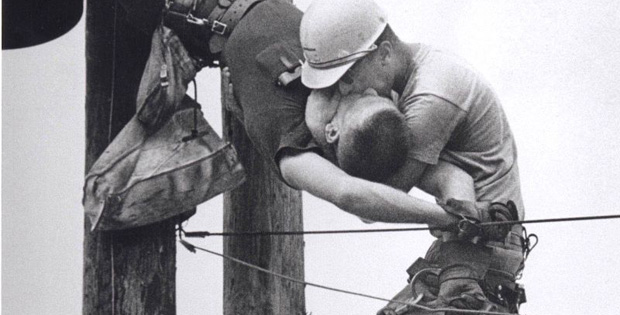If there is one ride that has been here for a long time – and there is evidence that proves it has been with us even longer than many of us realize – it’s the carousel. The beloved classic ride has long been a fairground or carnival staple, and we can all agree that a fairground or carnival will not be the same without it. It is a definite and quintessential part of any fairground, and the sight of a colorful merry-go-round is enough to tell us – hey, the carnival’s here!

But did you know that it has undergone several changes and variations since its inception? It had evolved quite a bit from when it first came out, but everyone still recognizes it as easily as before. So what else should you know about this enduring ride and attraction? Here are some quick facts about the carousel – its history, relevance – and why it’s still popular today.
Its History
One fact that continues to amaze people is that the carousel dates as far back as the 6th century. In those days, people would ride baskets tied to a pole in the center. But when talking about the true inspiration for the modern-day carousel, it came from medieval riders (12th century) in Asia and Central Europe, horsemen who would play different games and joust with each other in a circle and throw perfume ‘balls’ that were breakable – and needless to say, it required a lot of skill.
The game, then called Carosella (in Spanish) and Garosello (in Italian), which means ‘the small battle’, began changing in the 1600s, and from this period, horsemen would try to spear rings hanging overhead from poles and then rip them off. After that, the jousting practice ended, but the games remained – and commoners also began to participate.
In the late 1700s, carousels were bigger, and the very first carousel set on a platform was made in the 1800s – and it featured chariots and animals and was manually operated. Then, in 1861, Thomas Bradshaw invented the steam-powered version, and in 1870, a man named Frederick Savage invented the mechanism that made the animals go up and down.
Quick Carousel Facts
- The roller coaster and the carousel are two of the oldest carnival or funfair rides still in use today, and if you are planning an event with a fairground theme, they’re the perfect addition, as stated by https://www.wearetricycle.co.uk/.
- Not all merry-go-rounds or carousels feature animals as seats – in fact, you can find carousels with swings, cars, and even sails. And the horse is not the animal featured on carousels – there have been cats, fish, giraffes, deer, and more.
- The best carousel, some would say, is the one on the House on the Rock. It has a grand total of 269 animals, which are all carved by hand.
- The horses on a carousel have three standard stances – all four of their legs on the ground (standing), two back legs on the ground and two front legs in the air (prancing), and all four legs in the air (jumping), which additionally move up and down.
- In the old days, animals were made from wood. But today’s carousel animals and horses are made from fiberglass and aluminum, but they are still modeled and molded after classic animals.
Please share these quick facts about the carousel with your friends and family.



